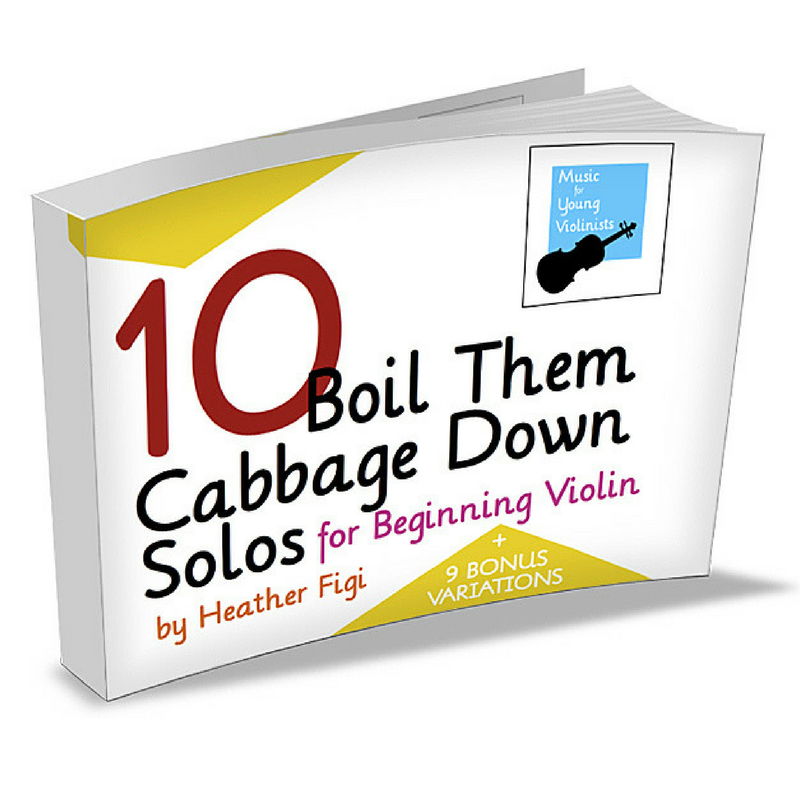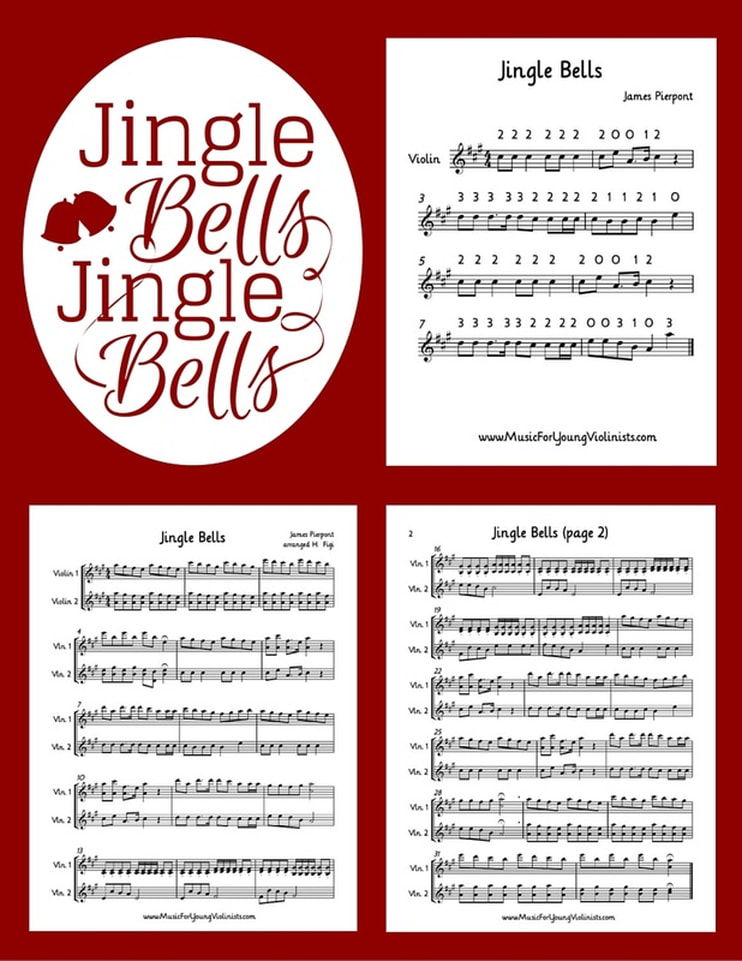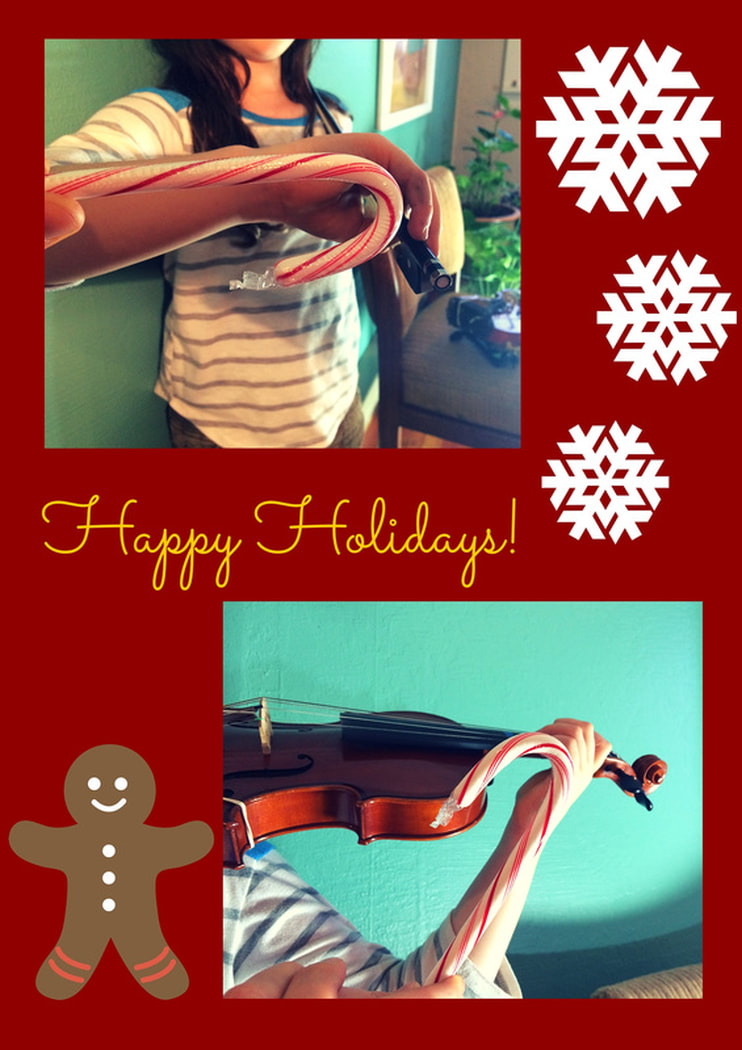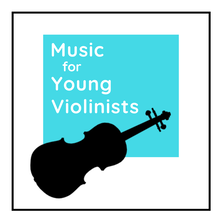|
Buying a used violin can be an overwhelming experience due to the large number of variables involved in the purchasing process. The articles in this 2 part series will help take the confusion out of this process by sharing 9 guidelines for buying a used violin and PDF checklists to print out and bring with when viewing instruments. There are accompanying videos on the Music for Young Violinists YouTube channel that will further educate you by illustrating these 9 guidelines. 9 Guidelines for Buying a Used Violin 1- Used Violins Are Great: One may think that buying new is the preferred option, but violins are great to buy used. Most violins sound better after they have been played for some time since the vibrations increase resonance and open up the wood to produce a richer tone. A good violin is built to last, will sound better over time and retain, or even increase, its value. 2- Set Your Price Range: Violin prices range from the double-digits to the cost of a house (or more). To get an idea of an appropriate price range, research the costs of violins at established string catalogs like Shar Music and Johnson Strings and/or at your local violin shops, if available. Also, consult your violin instructor who will have a better idea on the range of prices in your area. Most informal sellers (i.e. Craigslist ads) will overestimate the value of the instrument they are selling so it benefits you to have an idea of what is normal. 3- Size Appropriately: Violins are offered in the following 9 sizes: *1/32, 1/16, 1/10, 1/8, 1/4, 1/2, 3/4, *7/8 & Full Size * Less Common If you are purchasing a smaller sized violin for a child, make sure you have them sized by an experienced violin teacher for the appropriate violin size. My colleagues and I have had violin stores incorrectly size our students which creates heartbreak for a young child and extra time and money for the parent. Next, know that violin sizes are like clothing brands and there can be a slight range of lengths and weights for different instruments even if they are listed as the same size. Unlike clothing, never buy an instrument that is too big for your child because you want them to grow into it. This will hurt your child and create damaging techniques that will delay their development. 4- Cracks Are Normal: Before reviewing the next purchase guideline, be aware that cracks and minor repair issues are normal. My violin was built circa 1780 and has cracked several times over the past 238 years. Since the cracks were fixed in a timely manner by a competent luthier the instrument is in incredible condition and sounds fantastic. Cracks and minor repairs should be taken into consideration for reasons listed below, but are not necessarily a reason to avoid investing in a particular instrument. There are 2 circumstances that you should proceed with caution: 1- Cracks or open seams that have been left unrepaired for too long can warp permanently out of place and are complicated repairs. 2- Cracks that have extended beyond the purfling will impact the integrity of the violin and are putting the instrument at risk. 5 - Investigate the Craftsmanship: Investigate the craftsmanship of the violin, bow and violin case before buying. Any repair or necessary upgrade such as new strings, bow hair or violin case will increase your investment and should be budgeted for. Below is a checklist of what to review when inspecting a used violin. I recommend viewing the full explanations of this checklist on the second part of this series as well downloading the accompanying PDF to bring with you when viewing instruments.
Additional Questions to Ask the Seller:
6 - Beware of the “Stradivarius” Label Trap: Avoid the “Stradivarius” label trap. A Stradivarius violin is a priceless work of art made in Italy by Antonio Stradivari during the 17th and 18th centuries. These instruments are kept in museums and played by select concert artists. They are so valuable and respected that they need to be accompanied by handlers to ensure they are being treated properly. If your seller tells you that the label inside says Stradivarius (or another famous legendary violin maker like Guarneri) and is worth lots of money this should raise a red flag. That being said, I did have a student who bought a bundle of violins and bows at an auction for a modest sum of money. Their gamble turned out to be a valuable instrument collection worth 12 times the amount paid. The endpoint is to do your research and don't be fooled by a false label. 7 - Hear the Violin Played: Hear the instrument being played before buying. This is important to your purchasing process because even a violin from a reputable maker or violin shop does not necessarily sound good. This also works in reverse where a lesser known violin maker or dealer may have a singular creation that really stands out in sound quality and will be a worthy investment. Hearing a violin played under your ear is not always the best way to gauge the full spectrum of sound possible by your prospective instrument. Violins need a couple of meters (approximately 6 feet) for the acoustic properties to be fully realized, having another person play the violin while you maintain this distance will give you a complete perspective on the tonal capability of the instrument. If you are a complete beginner you will need guidance for this and need to hear the violin played for you. If this is your situation, I encourage you to trust your intuition when evaluating what instrument speaks to your heart and preference. Many violin shops will let you take an instrument(s) on loan for a week so you can experiment with playing it. Also, you can ask your teacher if they will come with you to help evaluate a potential purchase. A common courtesy for this is to use your paid lesson time in exchange for your instructor coming to the violin shop to respect your teacher’s time and expertise. 8- Prices Are Negotiable: Always ask the seller if they are willing to negotiate the price. If you are buying from a private seller, chances are likely they are flexible and eager to get rid of their instrument. If you are buying from a violin shop, ask if they can add in a set of new strings, a free bow rehair in the next year or shoulder pad. 9- Violins Maintain Value: Violins hold their investment value over time. When investing in an instrument many people will alter their price range when they realize violins hold their value over time. If you take care of the instrument you choose then you should be able to sell it for the price you bought it for. Furthermore, if you purchased it from a violin shop there is a standard practice many stores follow where they will always trade the violin back for the original selling price in case you want to change sizes or upgrade in the future. Click on the image below to download this checklist.
3 Comments
This collection of music was so much fun to write and I am so happy to be able to share it with more musicians thru the Music for Young Violinists project. I have a special place in my heart to compose for beginning level violinists. I created these pieces for my studio so that each of my youngest students could have a special solo feature when we had our group recital performance of Boil Them Cabbage Down. Creating solos for specific musicians helped me customize parts that supported different techniques that would be beneficial to individual musicians. These techniques include using harmonics to loosen the left hand/arm with shifting and helping identify the middle of the string, sixteenth note rhythms to build tone and composing material in the familiar key of A Major to build confidence and success with newly developed reading skills. I hope you enjoy this joyful collection of music! Please let me know what your favorite solos are. HOW TO USE THIS BOOK - 1- Assign individual solos to specific students for a group performance to showcase individual musicians. 2- As a reading book - the variations help build on existing skills and aural templates while teaching the musician slight changes in the music notation. 3- Special assignment for any student who has an affinity for fiddle music. 4- Special assignment for summer/winter breaks because the consistency of material allows for independent learning. 5- Note reading practice by writing in the pitch above the note (one of the many perks for printing out your own music is that you can write in it and still have access to a new, fresh part). 6- Fiddle party or workshop material. 7- For FUN!!! Play music in the true sense of the word “play.”
Hello M4YV Peeps,
It is my week off for Spring Break and has been an absolute constant rainstorm here in Oregon. This means I have time off & time inside to have too much fun with my MacBook photobooth feature and I have gone nuts restocking the FREEBIES page. Head on over to the FREEBIES page & enjoy some awesome new downloads to help you bring out the best in your teaching. I rotate my FREEBIES on a regular basis so many of these resources will not be up for long. Happy music making! Heather Counting stones for practice jars are an easy, quick and economical gift to make for your students and will help a musician of any level stay organized and goal oriented in their home practice. Above is a picture of a counting stone practice jar from a batch that I recently made and shared with the teenagers in my studio as a Christmas gift. I purchased the stones and beads from my local Michaels Craft store. To use the counting stones for practice jar the student removes the stones from the jar and places one back in the jar for every repetition they complete to satisfaction. Since I believe it is important to use both singing and visualization when doing repetitions I used a variety of stones to emphasize my teaching values. The special stones (or beads) that are different looking can be used to keep track of these non-violin repetitions and create a sequence. For example, a student could place the stones on their music stand in a specific order that represents 2 violin play thrus and 1 sing thru, 2 violin play thrus and 1 sing thru, etc… Practice counting devices like this help musicians keep track of their repetitions without having to log the numbers in their head. This frees up mental space so they can more fully concentrate on their musical goals. Also of benefit is using the left hand to put the repetition stone back in the jar which will give a much needed muscle release to the body so that tension does not accumulate. Watch a video using counting stones: How do you help your students accomplish repetitions in their home practice? Please share in the comments below.
Happy Holidays!!! Jingle Bells (LARGE print for beginners) & Jingle Bells for 2 Violins with fun double stops are available as free music downloads all of December 2015 here on this website. When you fill out a contact form on the Homepage or FREEBIES page you will be redirected to a link to download these arrangements. The large print version of Jingle Bells is a sweet treat for your youngest musicians at this time of year and part of a larger collection titled LARGE PRINT Music for Beginning Level Violin which is available as an instant download from the Music for Young Violinist store. The Jingle Bells duet for 2 Violins is a great way to combine your beginners together with your teenagers who need more of a challenge with some fun double stops. This arrangement comes from Holiday Joy! which is a collection of 14 classic holiday and Christmas songs available as an instant download from the Music for Young Violinist store. I also added some blank staff paper to this packet for you to transcribe more holiday pieces with your students. For the month of December get a free collection of Holiday Music with any $10 purchase with coupon code HOLIDAYMUSIC. A "hack" is defined in the urban dictionary as: A clever solution to a tricky problem. As violin teachers (or parents of young violinists) our technique development can all be categorized as tricky problems so here are a few photos of "hacks" I have used in my studio to offer solutions for my students. For more, please visit the Violin Hacks & Bow Hold Helpers page. Every Season the Music for Young Violinists Project gives away a free packet of music to the members of it's newsletter list. The Spring (April - June 2015) music packet is an 8 piece Fiddle Folio. It is a blast to play and will light up your young students hearts while building their technique. Here are some FUN FACTS about the tunes in this collection: Boil Them Cabbage Down - The title of this piece is often listed as “Bile ‘Em Cabbage Down” or some version of this. This is a classic American fiddle tune and can be taught to the most beginning level of student since it only has 3 notes. Some violin teachers begin with this piece before teaching Twinkle. I included the more child friendly lyrics for this tune because I teaching lyrics helps students with their memory and emphasizes larger musicianship skills beyond playing the violin. Additionally, it is extremely fun to sing! * In case you were wondering, a hoecake it is a cornmeal pancake. Cripple Creek - Another very popular American fiddle tune and easily accessible for beginning violinists to play when simplified in a version like this. Cripple Creek was a gold rush city in Colorado (U.S.A.) located near Pike’s Peak in the Rocky Mountains and once had 500 active gold mines. Drowsy Maggie - Is an Irish Reel and like most folk music can be found in multiple versions and has an unknown origin. Reels are popular in Irish and Scottish folk music. If you saw the movie The Titanic, Drowsy Maggie was referenced by the band in the dance scene.  Miss Colt of Seacliff’s Strathspey and Miss Mary Ann Johnston Favourite - Both tunes come from a collection of Reels and Strathspey’s credited to William Shepherd who compiled 2 collections of Scottish music in the late 1700’s. A strathspey is similar to a hornpipe and like all folk music is also a type of dance. The full collections where these tunes were transcribed from are available as free PDF downloads online HERE. Mississippi Reel - This is a perfect piece to give young violin players their “quick” fix. It is easy to learn, emphasizes beginning player skill sets and is especially satisfying for the young student who loves to play fast. I love teaching this tune in a group setting and challenge myself to teach the piece by ear in 5 minutes or less. For extra drama, I use a timer and have this displayed for the students. Fiddle music overall is fantastic for teaching technique that transfers into performing Baroque repertoire. For example, with this tune I use the middle section for teaching “tunnel” fingers in the left hand and wrist string crossing with the bow hand.
The Irish Washerwoman - This is one of the most well known Irish jigs. This packet includes both the keys of A and D Major. A popular performance practice of this tune is to start slow and increase the tempo with every repetition until until you can not go any faster - a thrilling experience for both the performer and listener! Answer: You don't because knowing the taste of honey is experiential.
How do you describe the Itzhak Perlman performance last evening with the Eugene Symphony at the Hult Center for the Performing Arts? The analogy of how we describe the taste of honey also suits what it is like hearing a legendary performing artist. We can try to describe what we saw and felt but it does not fully capture the experience. It is difficult to capture in words what being at an Itzhak Perlman performance is like. How do we explain our marvel at the mark of high human achievement we saw before us? Our awe at a performer with fingers more nimble than we would believe to be possible? A performer whose career has been touching people around the globe for over 50 years? I ran into one of my students after the performance and asked her what she thought of the performance. I realized immediately that was not the appropriate question because when you hear Perlman perform it is not something you think about but something you feel. The feelings generated by a performer like Perlman pull you into the undertow of the mystery of life and a place where humanity connects within us. This connection is why we find live performances so valuable and necessary in our lives. http://www.itzhakperlman.com/ |
Categories
All
Archives
February 2024
AuthorHi! It's me, Heather. I absolutely love working on the Music for Young Violinists project and all the many facets: blogging, website, music, teaching materials, freebies, videos, newsletter and giveaway contests. The best part is connecting with you so feel free to drop me a line. You can learn more about me on the "ABOUT" page. Thanks! |



















 RSS Feed
RSS Feed
